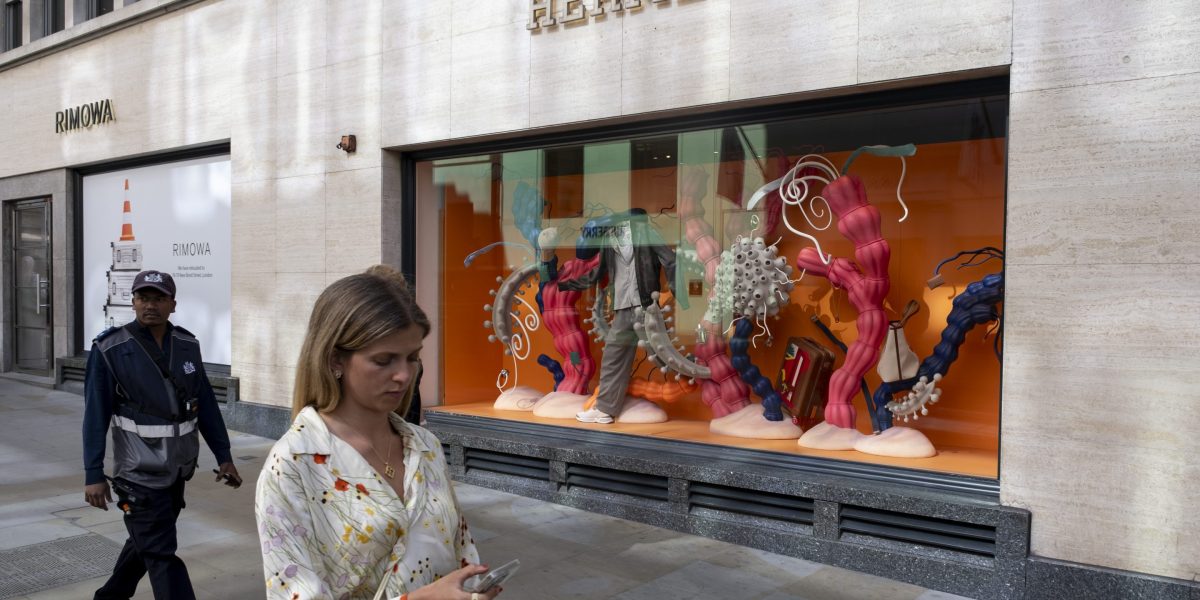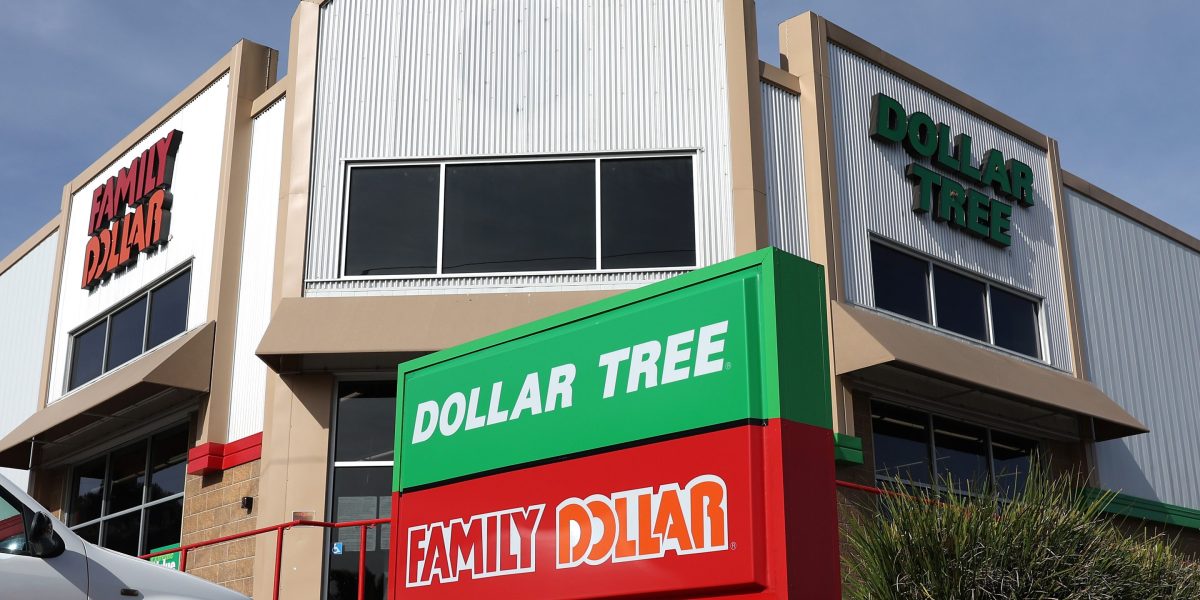London’s Heathrow airport said it’s open and fully operational following an unprecedented daylong blackout that brought travel to a standstill for hundreds of thousands of passengers at Europe’s busiest airport.
British Airways, the biggest single operator at the airport, said it expects to run about 85% of its schedule on Saturday. Power supplies have been restored to all customers connected to National Grid UK’s North Hyde substation, including Heathrow, allowing operations to resume at the airport, the utility company said in a post on X.
“We have hundreds of additional colleagues on hand in our terminals and we have added flights to today’s schedule to facilitate an extra 10,000 passengers traveling through the airport,” a Heathrow spokesperson said in an emailed statement on Saturday.
Heathrow advised passengers traveling on Saturday to check with their airline for the latest information regarding their flights.
The reopening followed a day of mass chaos for travelers as hundreds of flights were diverted or canceled. The UK Metropolitan Police said earlier that its counter-terrorism command is leading a probe into the fire at a nearby power substation that led to the outage, though there’s no indication at this point of foul play.
“We are deeply sorry for the disruption caused and are continuing to work closely with the Government, Heathrow and the police to understand the cause of the incident,” National Grid UK said. “We are now implementing measures to help further improve the resilience levels of our network.”
The closure forced more than 1,300 flights to be canceled or rerouted on Friday alone. Heathrow, home to British Airways, is a major hub for transatlantic travel, as well as connections to the Middle East and Asia. While nearby airports such as London Gatwick have accepted some diverted flights, others are being sent as far as Frankfurt.
“This incident will have a substantial impact on our airline and customers for many days to come, with disruption to journeys expected over the coming days,” said British Airways chief Sean Doyle. The airline said in a statement late Friday that its full Saturday schedule includes nearly 600 departures and arrivals and it hoped to operate as many of those flights as possible.
The financial fallout from the day-long disruption may reach reach between $80 million and $100 million, factoring in costs related to accommodation, food and transportation, as well as broader operational impacts that include rerouting, schedule disruptions and aircraft repositioning, said Ronan Murphy, director at Alton Aviation Consultancy
An outage of this scale is unprecedented for the airfield. About 677 flights will be affected at British Airways alone, according to ch-Aviation, which compiles industry data. That’s followed by 62 flights for Virgin Atlantic Airways Ltd. and 42 flights for Deutsche Lufthansa AG.
IAG SA, the parent of British Airways, fell as much as 4.3% in London, bringing the decline this year to 5.5%. The shares almost doubled in 2024 as the company improved services and paid down debt.
The outage raises questions about the robustness of Heathrow’s infrastructure, and why an airport of such scale and importance lacked the redundancy systems needed to keep operations going. At the same time, an operation the size of Heathrow has considerable energy requirements, complicating the availability of a reserve source to meet its needs.
Energy Secretary Ed Miliband told LBC radio on Friday that the “catastrophic” fire had taken out a backup generator for Heathrow, as well as the electricity substation that serves it. Prime Minister Keir Starmer said he’d been “receiving regular updates” and was in close contact with partners on the ground.
The police said that “while there is currently no indication of foul play we retain an open mind at this time.” Assessments were under way to determine whether circumstances were suspicious, according to an official with knowledge of the matter. Police involvement will be peripheral unless there’s reason to mount an investigation, the person said.
Heathrow is currently making a pitch to add a third runway, a long-running ambition to expand traffic and remain competitive with global hubs like Dubai or Istanbul. Its recently realigned ownership now includes French private equity firm Ardian SAS, Qatar Investment Authority and Saudi Arabia’s Public Investment Fund as its top investors.
The airport closed at around 1:30 a.m. on Friday. The blaze erupted at an electrical substation in Hayes, north of Heathrow, just before midnight, causing a local power outage that cut service to thousands of nearby residents and local businesses, and caused some evacuations.
By mid afternoon Friday, National Grid said it had restored the ability to resupply the parts of Heathrow connected to the damaged substation.
Sue Thomas, who flew in to Heathrow Thursday evening from Canada to visit family in Penzance in Cornwall, said power went out at her Premier Inn hotel room near the airport at 10:30 p.m.
“Everything went black,” she said in an interview at Paddington Station on Friday where she waited for a train. “The power went out, the water wasn’t running, no one was allowed in or out.”
Staff at the hotel couldn’t even allocate rooms because everything is automated, the lifts weren’t working and the hotel corridors were in total darkness, she said.
Previous Closures
Heathrow, which is also home to Virgin Atlantic, handles some 1,400 flights and 200,000 passengers every day, and about 40 aircraft take off every hour at peak times on average.
Ryanair Holdings Plc, the Irish budget carrier, said it would add four flights on Friday and four on Saturday between its London Stansted hub and Dublin to accommodate stranded travelers. EasyJet Plc said it’s also putting larger aircraft on key routes to provide more seats.
The last major crisis for Heathrow occurred in August 2023 when the UK’s airspace shut down because of a technical issue with the air traffic control system. The outage was fixed after a few hours but led to many flight delays and cancellations at Heathrow and other airports, creating chaos for passengers.
Hundreds of flights were canceled at Heathrow on July 10, 2006, after authorities in London uncovered a plot to detonate liquid explosives on transatlantic flights. Still, the airport remained open and flying resumed that evening.
On Friday, about 120 planes already en-route when the airport closed were diverting or sent back to their origin, including flights operated by Qantas Airways Ltd., Delta Air Lines Inc. and American Airlines, according to tracking service Flightradar24.
Carriers including Emirates, the world’s largest international airline with more than a dozen daily flights into Heathrow, said they’ve canceled some connections. “We’re monitoring the situation closely and will update our customers as the situation develops,” Emirates said.
Virgin said that all incoming and outbound traffic has been canceled until 9:30 p.m., and that the rest of the schedule is under review. Some airlines began rerouting incoming traffic to other airports, including Abu Dhabi carrier Etihad Airways, which diverted a Heathrow-bound plane to Frankfurt.
Gatwick Airport said its service is operating normally, and that it’s taken seven flights so far that were diverted from Heathrow.
Even once service resumes, there’ll be a significant ripple-on effect that may be felt for days, with aircraft and crew out of position. Airports sometimes experience disruptions because of weather or personnel strikes, though a full-day complete shutdown is extremely rare.
In early 2023, Frankfurt airport — among the busiest in Europe — suffered serious disruptions following damage to broadband cables at a rail location in the northern part of the German city. UK airports have experienced outages in past years because of air-traffic control systems, though these were often just a matter of hours.
This time, passengers are facing significant disruptions. Nick Stone, an investor from Los Angeles, was boarding a Eurostar train to Paris at St. Pancras Station in London on Friday morning. His canceled flight will cause him to miss his daughter’s 12th birthday, he said.
Eurostar said it’s adding extra capacity, including one additional service from London to Paris and one from Paris to London to provide alternative travel options for stranded passengers.
Sabrina and Raik Becker, a German couple on holiday in London, were scheduled to head back to Hanover on a 1.5 hour flight from Heathrow on Friday. Instead, they’re now taking the Eurostar to Brussels and then onward to Cologne before getting to their destination, a journey that will take more than 12 hours and cost an extra €1,000 ($1,083).
They said they don’t know if they’ll get their money back.
This story was originally featured on Fortune.com
Source link


 Entertainment8 years ago
Entertainment8 years ago
 Politics8 years ago
Politics8 years ago
 Entertainment8 years ago
Entertainment8 years ago
 Entertainment8 years ago
Entertainment8 years ago
 Tech8 years ago
Tech8 years ago
 Tech8 years ago
Tech8 years ago
 Politics8 years ago
Politics8 years ago
 Tech8 years ago
Tech8 years ago






